Discover this Sevillian region that borders the provinces of Cádiz and Málaga. In the Sierra Sur, you will enjoy a unique natural setting, where the highest peak in the province of Seville, El Terril, is located. And you will find a wide range of rural tourism activities in all of its towns.
Seville’s Sierra Sur region is made up of 19 municipalities; towns that have served as a defensive bastion for Seville throughout history. Among them, Morón de la Frontera, as its name suggests, played a pivotal role in the wars between Moors and Christians. From that period, Morón still conserves the walls of the medieval castle, which, together with the remains of the Castillo del Hierro in Pruna, Cote Castle in Montellano and Aguzaderas Castle in El Coronil, complete the Route of the Castles through these mountainous lands.
Moreover, in the Sierra Sur, you will find important remains of its Roman splendour. For example, in Casariche, you will see a perfectly preserved mosaic depicting the Judgement of Paris. And in the town of Herrera, do not miss the Thermae Complex from the same period that is unique in the province.
Without a doubt, however, this region became famous at the end of the 19th century thanks to a local man, José María’ El Tempranillo’. He was the most beloved and, at the same time, the most feared bandit in Spain’s history. He set up his headquarters in the Sierra Sur. Visit towns like Badolatosa and its hamlet, Corcoya, to explore the Tempranillo Route. In addition to his adventures, you will discover places where this hero of Spanish romanticism frequented.
You will be amazed by the scenic beauty of this part of the province of Seville. Admire stunning views from its many viewpoints and practise outdoor sports. This mountain range is ideal for hiking, cycling or horse riding, and many even dare to paraglide over it.
If you want to taste the best of this land, there is nothing like its traditional stews made with game meats or vegetables from its fertile market gardens. Other typical foods are cured meats, table olives, asparagus and extra virgin olive oil.
Finally, experience the festivals in the Sierra Sur towns. The traditional ferias and pilgrimages of Holy Week stand out. A variety of tourist activities will make your trip a unique experience. Experience the Sierra Sur.
Climate
The climate in this region is warm and temperate. The average rainfall is approximately 708 mm, and December is usually the wettest month. The annual average temperature is 16.1°C.
Surroundings
The Sierra Sur region is located in the southeast of the province of Seville. It has a landscape with a high environmental value in which several natural spaces stand out. Among them are Peñón de Zaframagón Nature Reserve, Sierra Sur Greenway, Peñón de Algámitas and the Tablón, Esparteros and Montellano mountain ranges. The Corbones, Blanco and Genil rivers also flow through its lands.
Getting to Sierra Sur
The best route to travel by car to the Sierra Sur towns is on the A-92 motorway. It provides direct access to some towns in the region and connects with the main roads of this part of the province of Seville.
By train, the medium-distance line that connects Seville and Málaga stops at Pedrera station. You can also continue to the next stop, in Fuente de Piedra, and transfer to the train that goes to Córdoba, which stops at La Roda de Andalucía and Casariche.
If you travel by bus, take the lines that run from Prado de San Sebastián Bus Station in Seville.
Getting around
This region offers many routes through its natural surroundings that you can explore on foot or horse, or by bike. Alternatively, strolling through the towns in the Sierra Sur is a real pleasure, while you discover its architectural heritage.
Reasons to visit
- The best thing about Seville’s Sierra Sur is the natural surroundings. There is an endless number of sports and leisure activities to enjoy it, such as hiking, mountain biking, horse riding, paragliding, climbing and caving.
- Explore the Sierra Sur Greenway, which runs along an old railway line. It will take you to Peñón del Zaframagón Nature Reserve, in the town of Coripe. Here you will see how griffon vultures live. Other remarkable places to explore the natural surroundings of the Sierra Sur are Peñón de Algámitas, Sierra de Esparteros in Morón de la Frontera and Gosque Lagoon Nature Reserve in Martín de la Jara. However, every town in the region has a unique natural charm.
- In Coripe, you can relax under the shade of the oldest oak tree in the province of Seville. It is known as the Chaparro de la Vega and is over 700 years old.
- In the Sierra Sur, you will also discover a valuable historical heritage, such as the Route of El Tempranillo, Spain’s most famous bandit, and the Route of the Castles. On the latter, you will learn about the medieval history of this mountain region. One of the best-preserved castles is Aguzaderas Castle in El Coronil. Every summer, it hosts a very famous national flamenco festival.
- Flamenco is also part of the traditions in Seville’s Sierra Sur. In summer, the towns in the region celebrate their traditional flamenco events, including the Cante Jondo Festival in Casariche and Martín de la Jara; the festivals in Pedrera, Pruna and Marinaleda; the Festival for New Artists in Montellano and the ‘Gazpacho Andaluz’ in Morón de la Frontera.
- Experience Holy Week in the Sierra Sur, which has been declared an event of National Tourist Interest in some of the towns. This is the case of the Huerto Festival, held on Easter Sunday in the towns of Villanueva de San Juan and Algámitas. This event brings Holy Week to a close with the recreation of a market garden in the centre of the town.
- Another curious festival worth visiting in the region is ‘Fool’s Day’ in Gilena, when the locals dress up to celebrate December 28. Or events that commemorate the Sierra Sur’s Roman past, such as the Romanorum Festum Ventippo in Casariche.
- Finally, try the typical dishes of this Sevillian region, made with local produce. Stews, sopeaos, majaíllos and delicious homemade cured meats are just some of the culinary delights of the Sierra Sur.
What to see
The Sierra Sur region has an important historical heritage. You can see mosaics, thermae and archaeological sites from its Roman past in the towns of Casariche, Herrera and Gilena. Roman kilns used to obtain lime are still preserved at the Lime Museum in Morón de la Frontera.
On the Route of the Castles, you will learn about the vital role this Sevillian region played in the Christian conquest. Some remains of the fortresses that served as a border between Nasrid and Christian Andalusia can still be found. This is the case of Morón de la Frontera Castle, the Castillo de Hierro in Pruna and Cote Castle in Montellano, as well as the two castles in El Coronil. However, Las Aguzaderas Castle is in a better state of preservation.
Most of the churches and palaces in the towns of the Sierra Sur are baroque style, the period of greatest splendour in the province. Some temples with this architectural style are Dulce Nombre Church in Algámitas, San Bartolomé Church in Aguadulce, San Miguel Church in Lora de Estepa, as well as the churches in El Saucejo, Villanueva de San Juan and La Roda de Andalucía, among others. Indeed, San Miguel Church in Morón de la Frontera is known as ‘the Cathedral of the Sierra Sur’.
You will discover other interesting places along the Tempranillo Route. You will explore the caves where the famous bandit and his gang lived, as well as the Shrine to La Fuensanta in the small town of Badolatosa.
Nevertheless, the best thing about the Sierra Sur is its natural environment, so explore some of the many routes available. Climb to the viewpoints of this region, where you will have incredible views of the province of Seville. And relax while you take in the fresh mountain air.
Places to visit
- Route of the Castles
- Tempranillo Route
- El Peñón de Algámitas
- José Herrea Rodas Mosaic Museum Collection (Casariche)
- Peñón de Zaframagón Interpretation Centre (Coripe)
- Sierra Sur Greenway
- Aguzaderas Castle (El Coronil)
- Moro Fountain (El Saucejo)
- Herrera Thermal Complex
- Railway Museum (La Roda de Andalucía)
- Gosque Lagoon Nature Reserve (Martín de La Jara)
- Cote Castle (Montellano)
- Sierra de San Pablo and Los Tajos de Mogarejo (Montellano)
- Morón de la Frontera Castle
- Lime Museum (Morón de la Frontera)
- San Miguel Church (Morón de la Frontera)
- Higuera Riverbank and Búho Stream (Pedrera)
- Shrine to Santo Cristo de la Sangre (Pedrera)
- Las Huertas Interpretation Centre (Aguadulce)
- San Bartolomé Church (Aguadulce)
- Castillo de Hierro (Pruna)
- Molino Cegato Fountain (Pruna)
- Puente de los Seis Ojos Natural Park (Villanueva de San Juan)


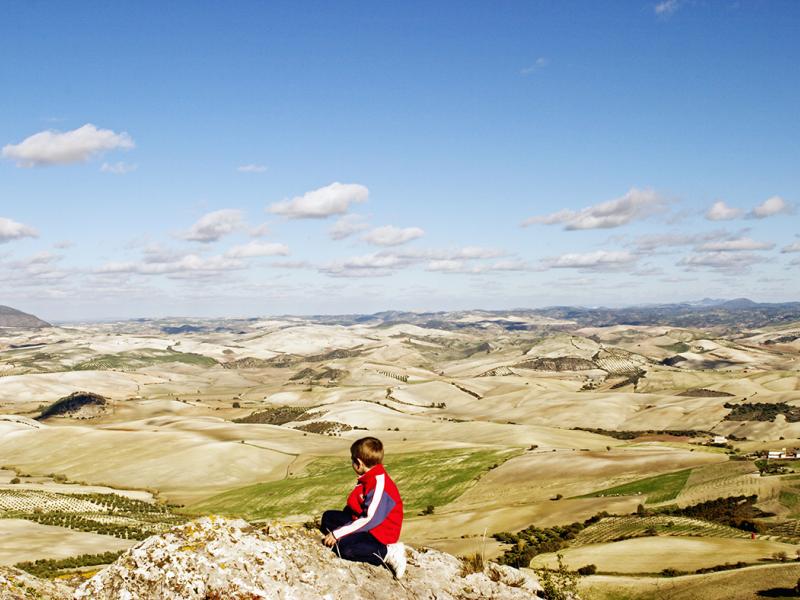
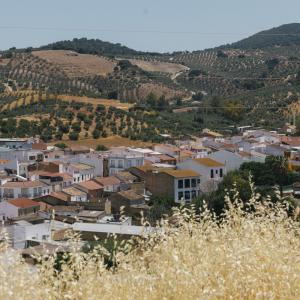
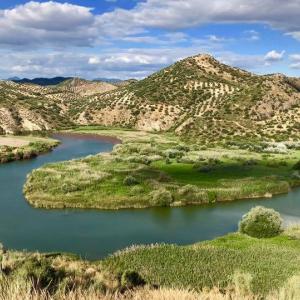
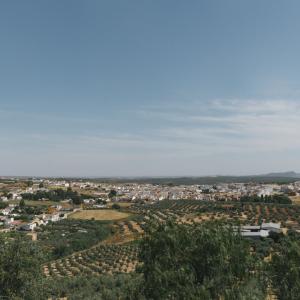
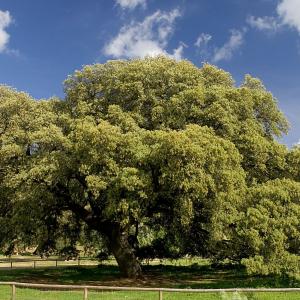
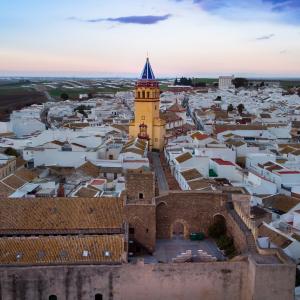
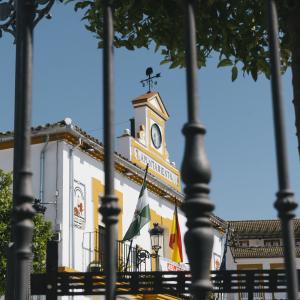
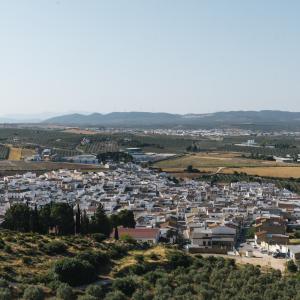
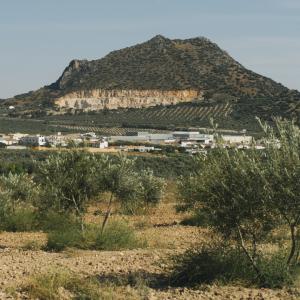
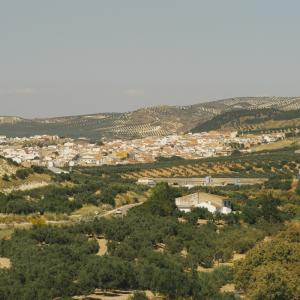
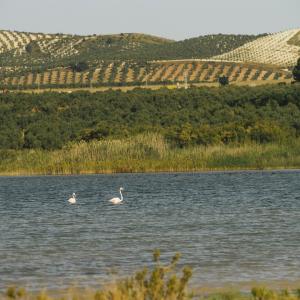
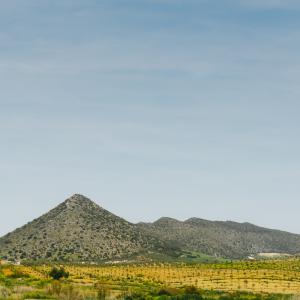
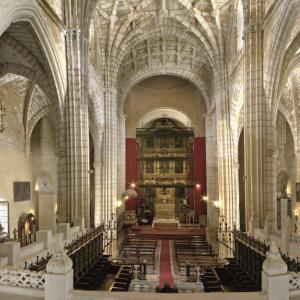
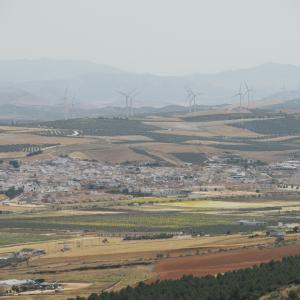
0 comments
New comment
The comments are moderated, so it takes a while to appear. If they contain offensive language they will not be published.